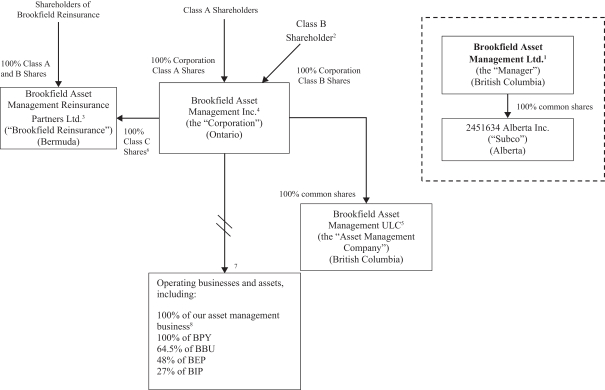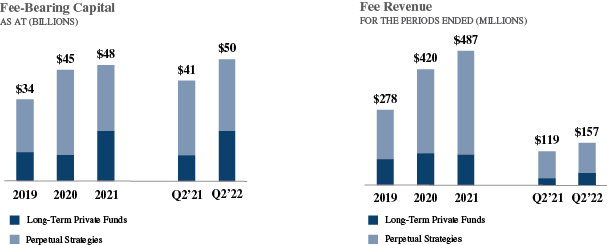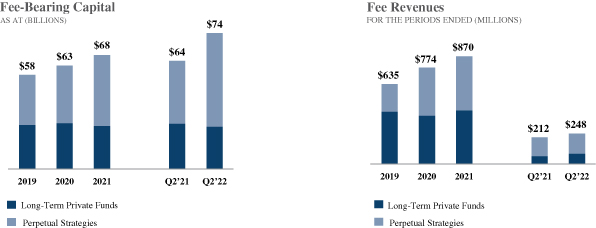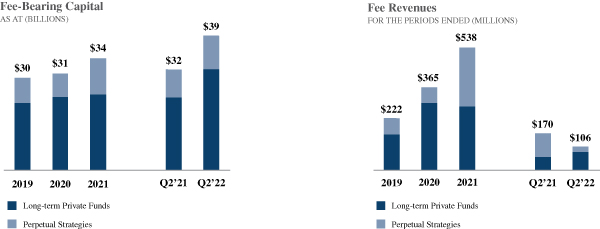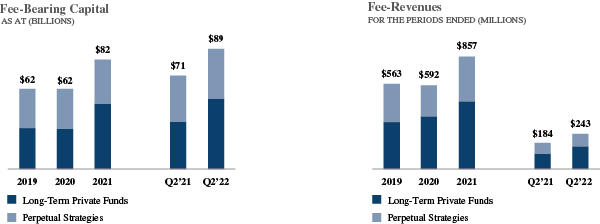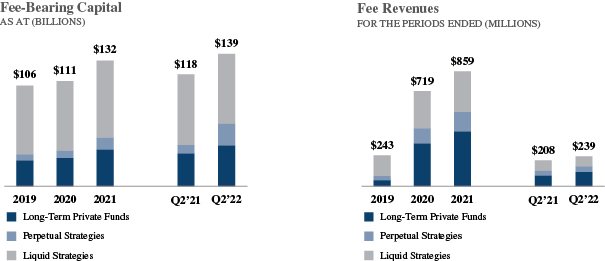Catastrophic events (or combination of events), such as earthquakes, tornadoes, floods, fires, pandemics/epidemics such as COVID-19, climate change, military conflict/war or terrorism/sabotage, could adversely impact our financial performance.
Our managed assets could be exposed to effects of catastrophic events, such as severe weather conditions, natural disasters, major accidents, pandemics/epidemics such as COVID-19 (including the emergence and progression of new variants), acts of malicious destruction, climate change, war/military conflict or terrorism, which could materially adversely impact our operations.
A local, regional, national or international outbreak of a contagious disease, such as COVID-19 which spread across the globe at a rapid pace impacting global commercial activity and travel or future public health crises, epidemics or pandemics, could materially and adversely affect our results of operations and financial condition due to the disruptions to commerce, reduced economic activity and other unforeseen consequences that are beyond our control.
The ongoing prevalence of COVID-19, the emergence and progression of new variants and actions taken in response to COVID-19 by government authorities across various geographies in which we and our managed assets operate have interrupted business activities and supply chains; disrupted travel; contributed to significant volatility in the financial markets; impacted social conditions; and adversely affected local, regional, national and international economic conditions, as well as the labor market. There can be no assurance that strategies that we employ to address potential disruptions in operations will mitigate the adverse impacts of any of these factors.
The longer-term economic impacts of COVID-19 will depend on future developments, which are highly uncertain, constantly evolving and difficult to predict. These developments may include the risk of new and potentially more severe variant strains of COVID-19, and additional actions that may be taken to contain COVID-19, such as reimposing previously lifted measures or putting in place additional restrictions, and the pace, availability, distribution, acceptance and effectiveness of vaccines. Such developments, depending on their nature, duration, and intensity, could have a material adverse effect on our business, financial position, results of operations or cash flows.
In addition, the potential effects of COVID-19 on our employees, or the employees of our managed assets or other companies with which we and they do business, could disrupt our business operations. The effectiveness of external parties, including governmental and non-governmental organizations, in combating the spread and severity of the pandemic could have a material impact on the adverse effects we experience. These events, which are beyond our control, could cause a material adverse effect on our results of operations in any period and, depending on their severity, could also materially and adversely affect our financial condition.
Natural disasters and ongoing changes to the physical climate in which we and our managed assets operate may have an adverse impact on our business, financial position, results of operations or cash flows. Changes in weather patterns or extreme weather (such as floods, droughts, hurricanes and other storms), may negatively affect our managed assets’ operations or damage assets that we may own or develop. Further, rising sea levels could, in the future, affect the value of any low-lying coastal real assets that we may manage. Climate change may increase the frequency and severity of severe weather conditions and may change existing weather patterns in ways that are difficult to anticipate. Responses to these changes could result in higher costs, such as the imposition of new property taxes, increases in insurance rates or additional capital expenditures.
Our managed assets forming part of our commercial office strategy are concentrated in large metropolitan areas, some of which have been or may be perceived to be threatened by terrorist attacks or acts of war. Furthermore, many of such properties consist of highrise buildings which may also be subject to this actual or perceived threat. The perceived threat of a terrorist attack or outbreak of war could negatively impact our ability to lease office space in our managed real estate portfolio. Renewable power and infrastructure assets that we manage, such as roads, railways, power generation facilities and ports, may also be targeted by terrorist
48


